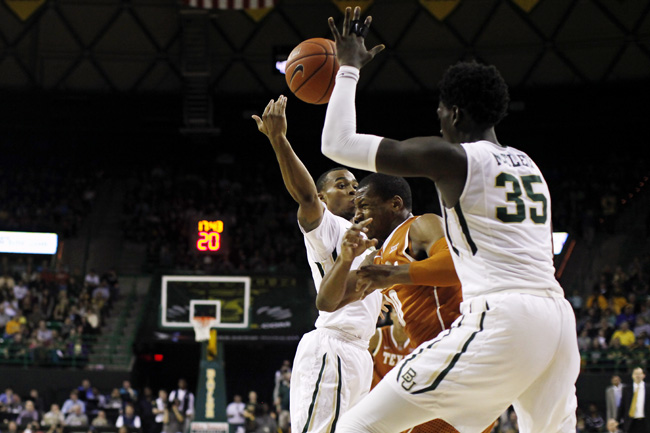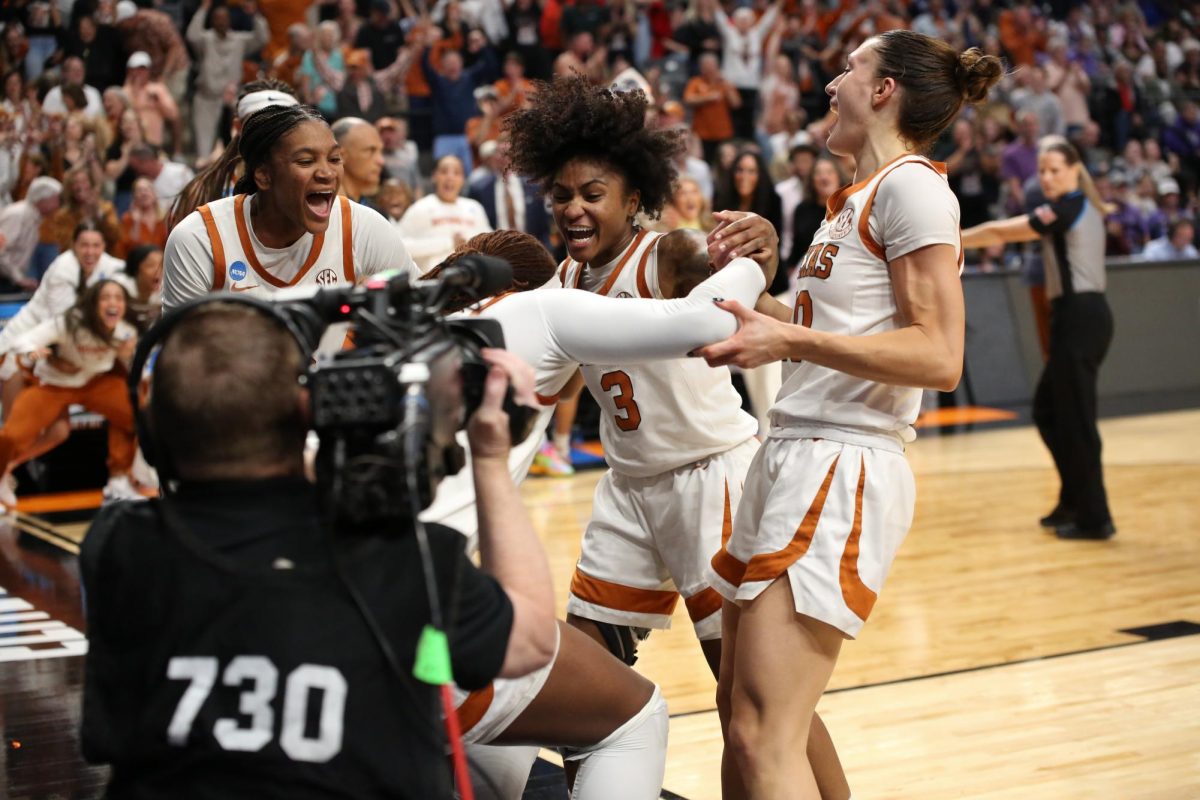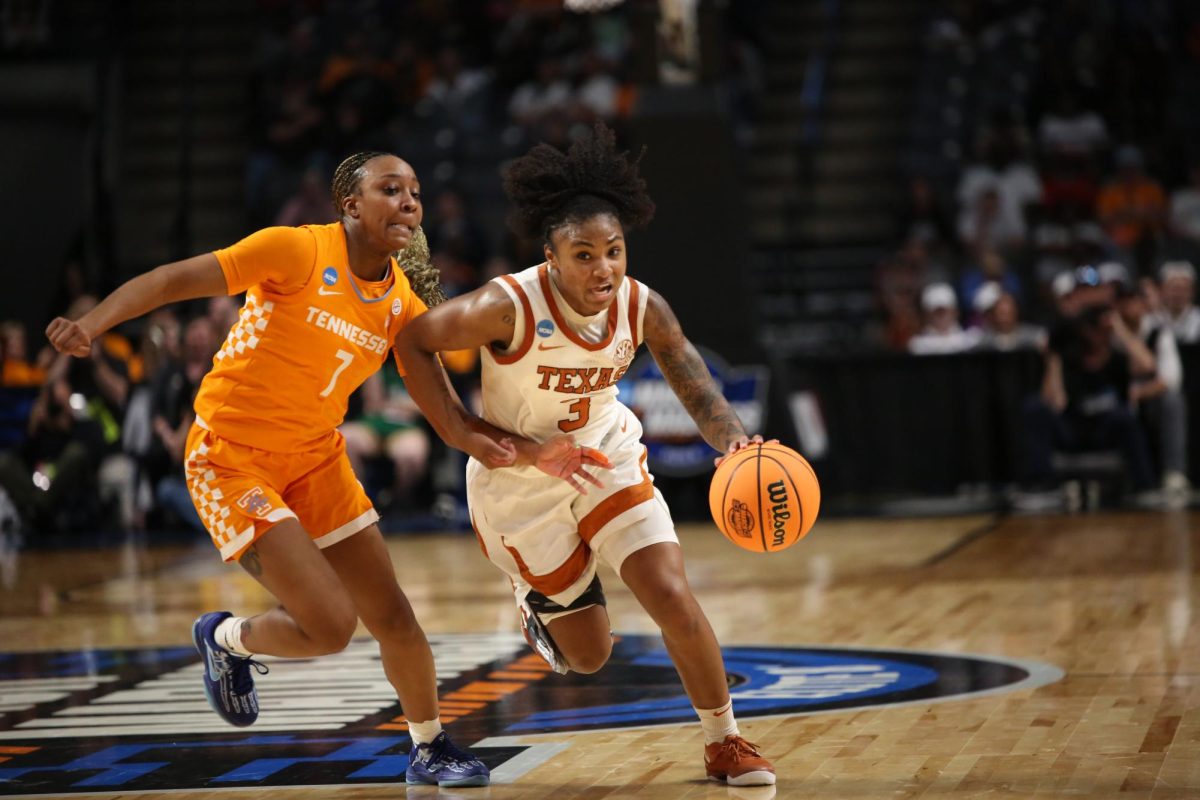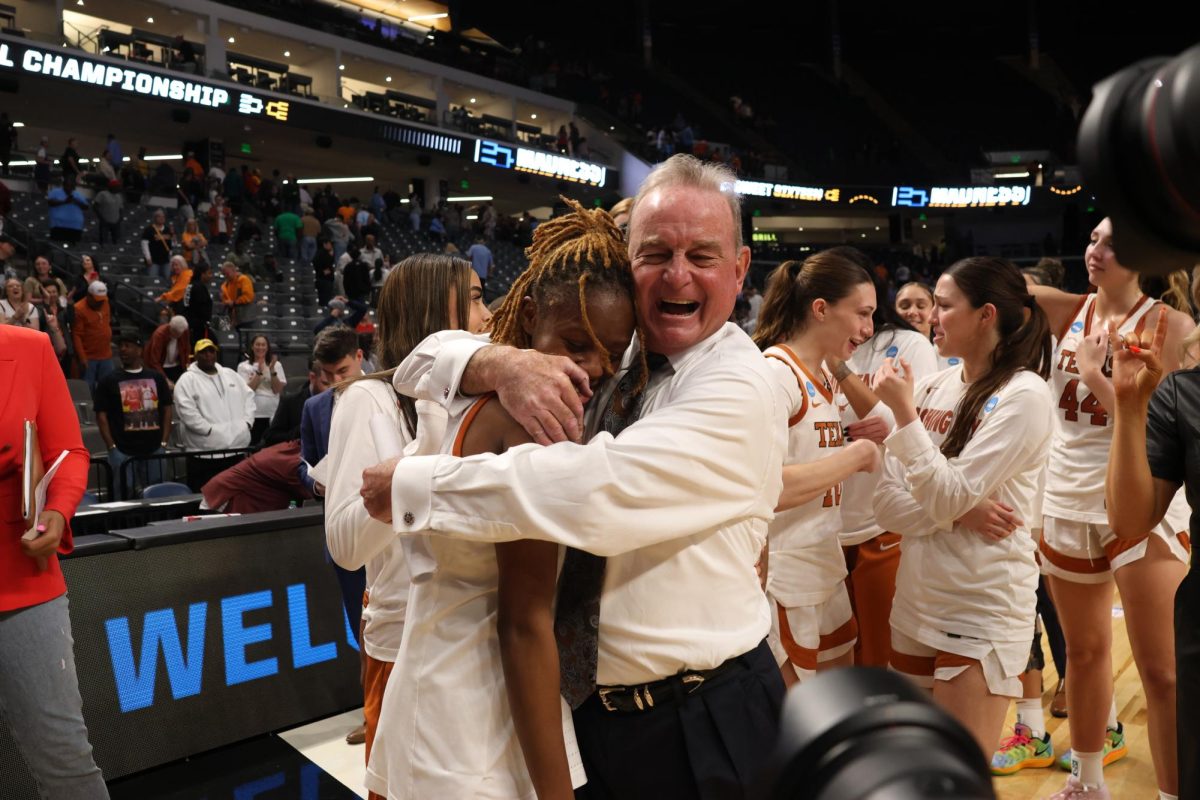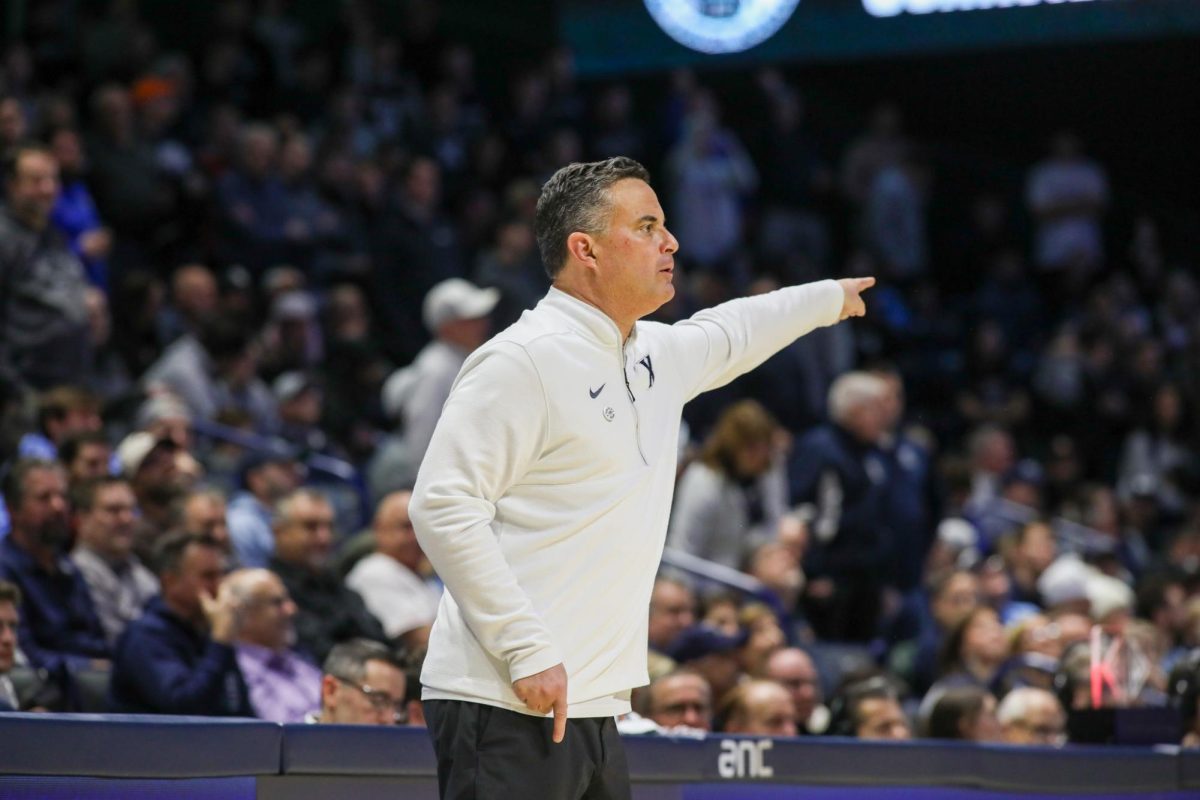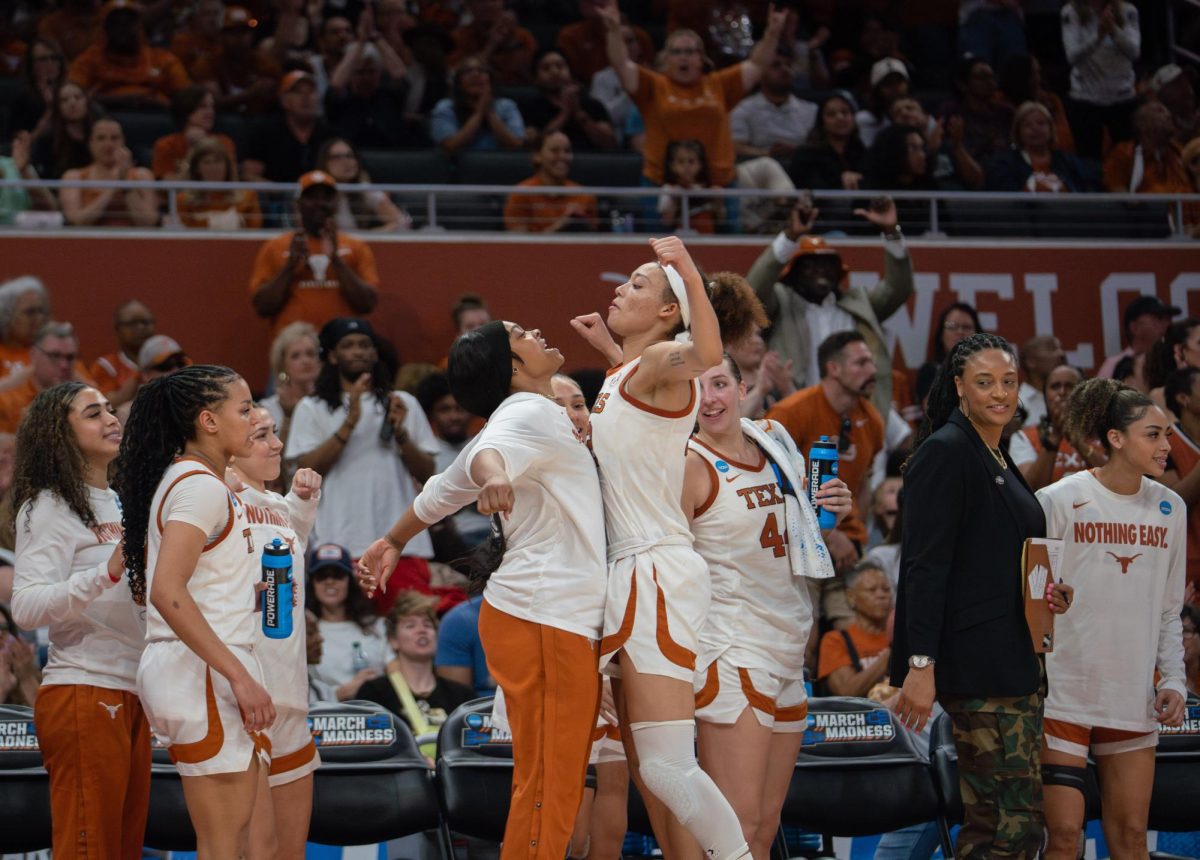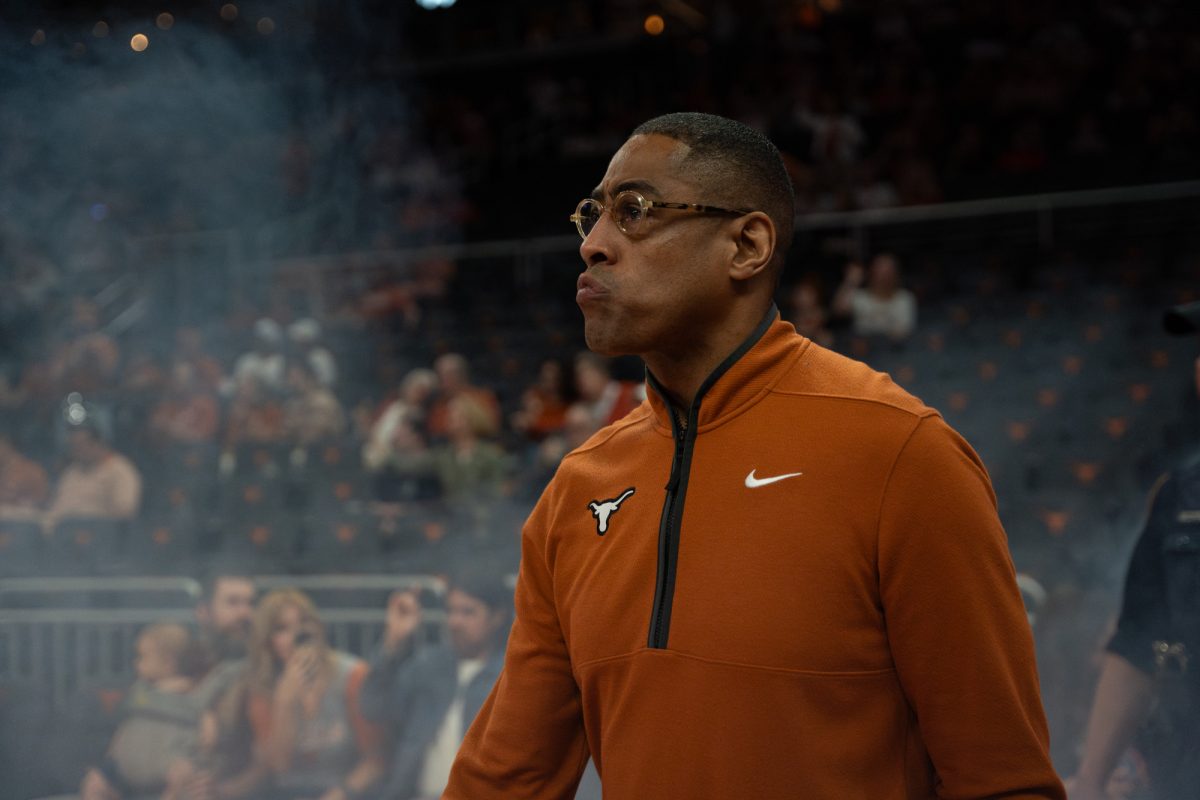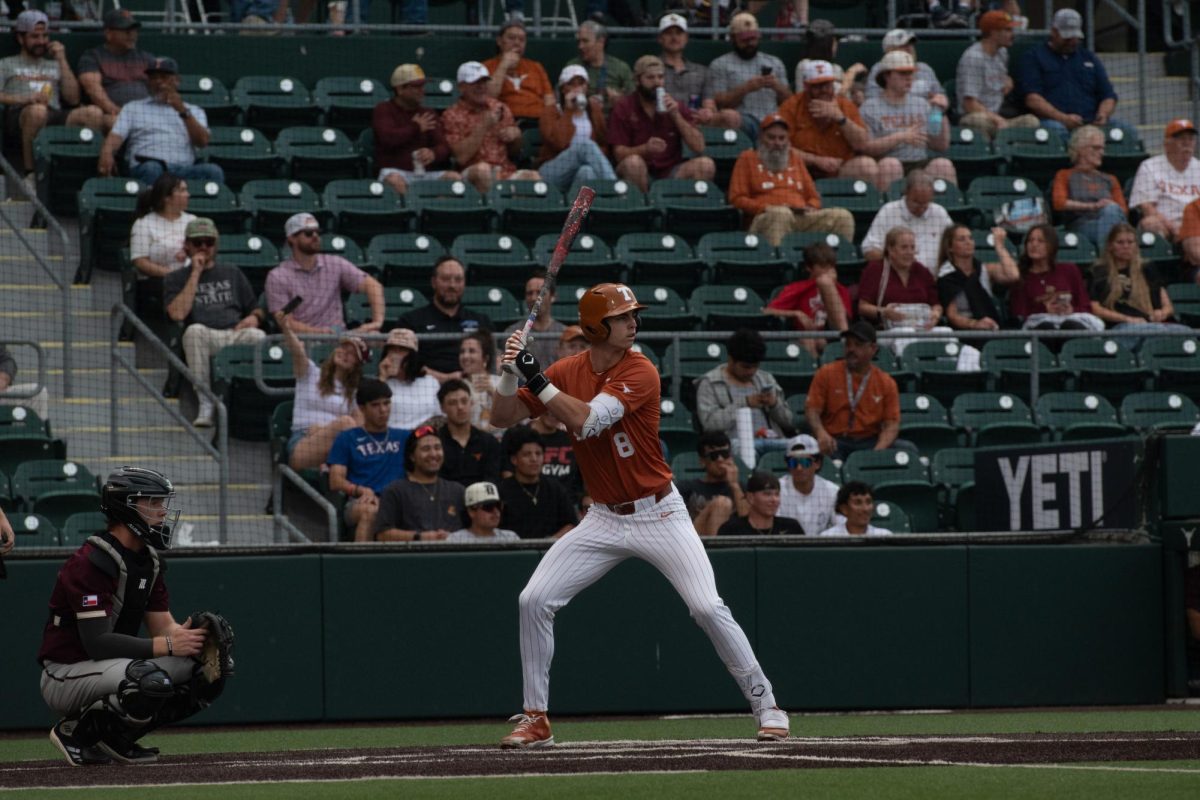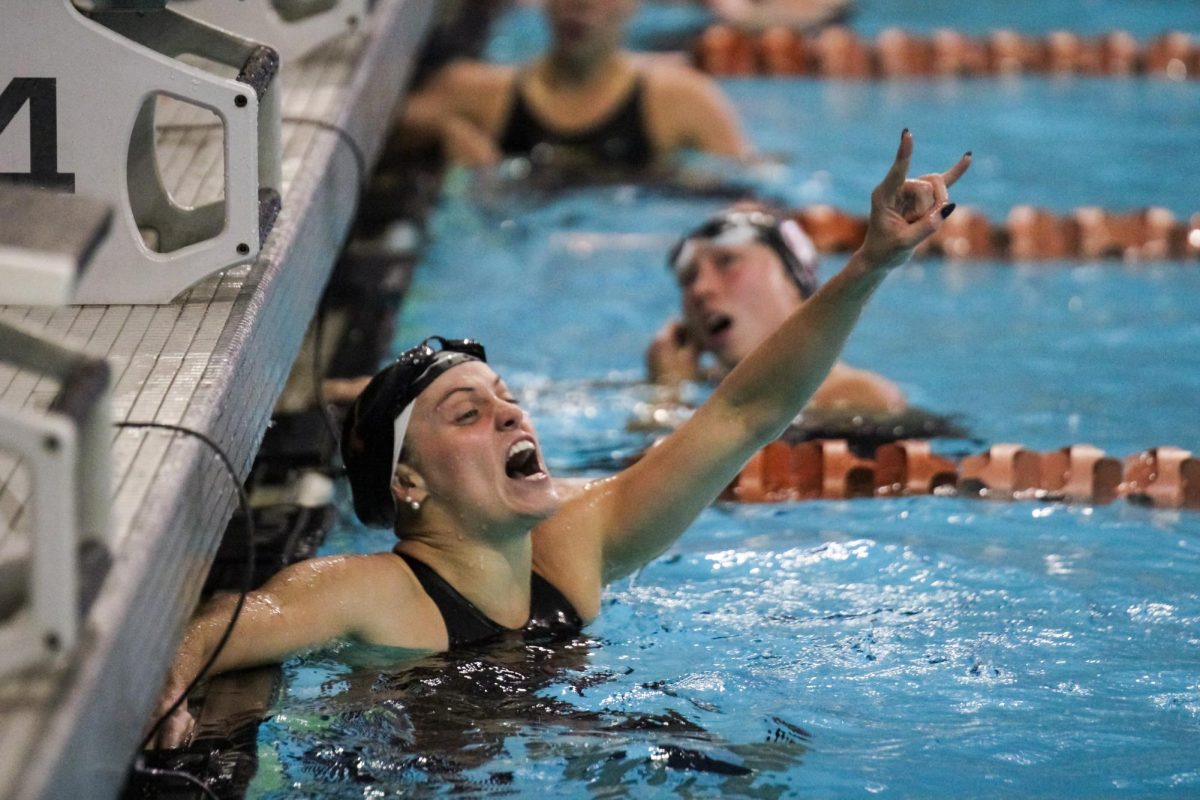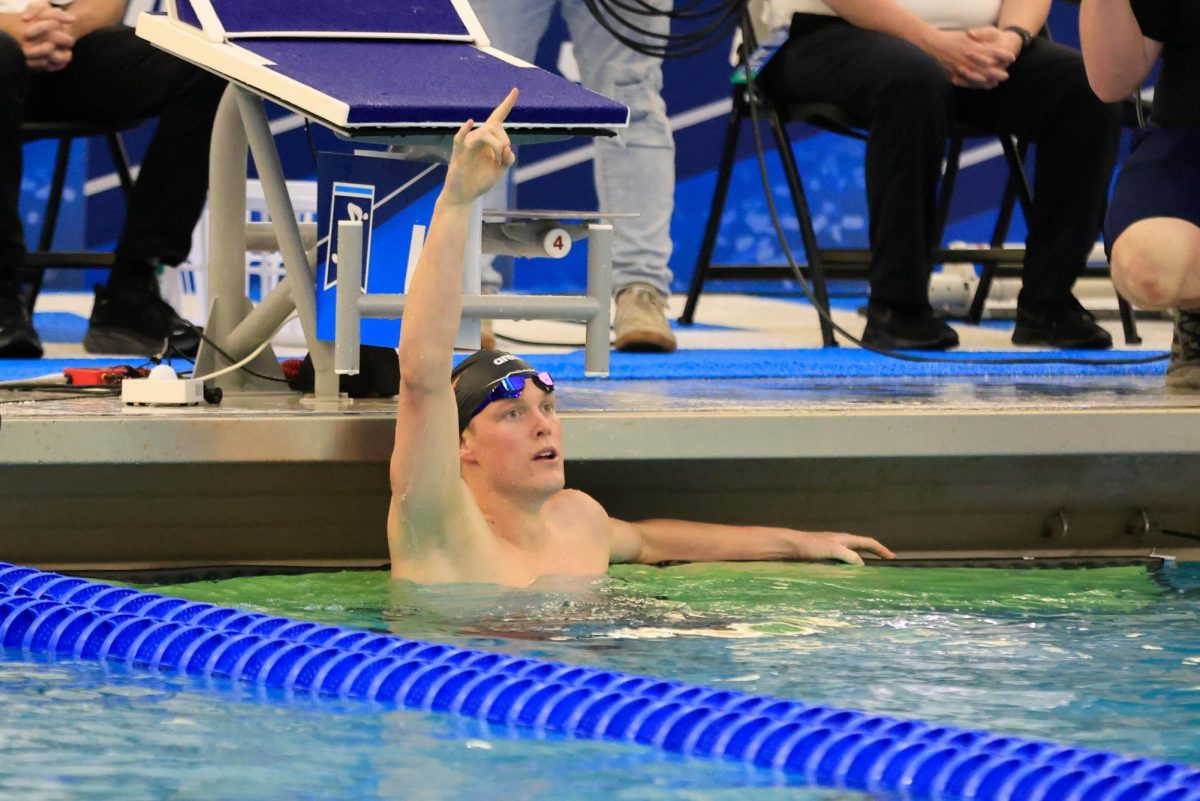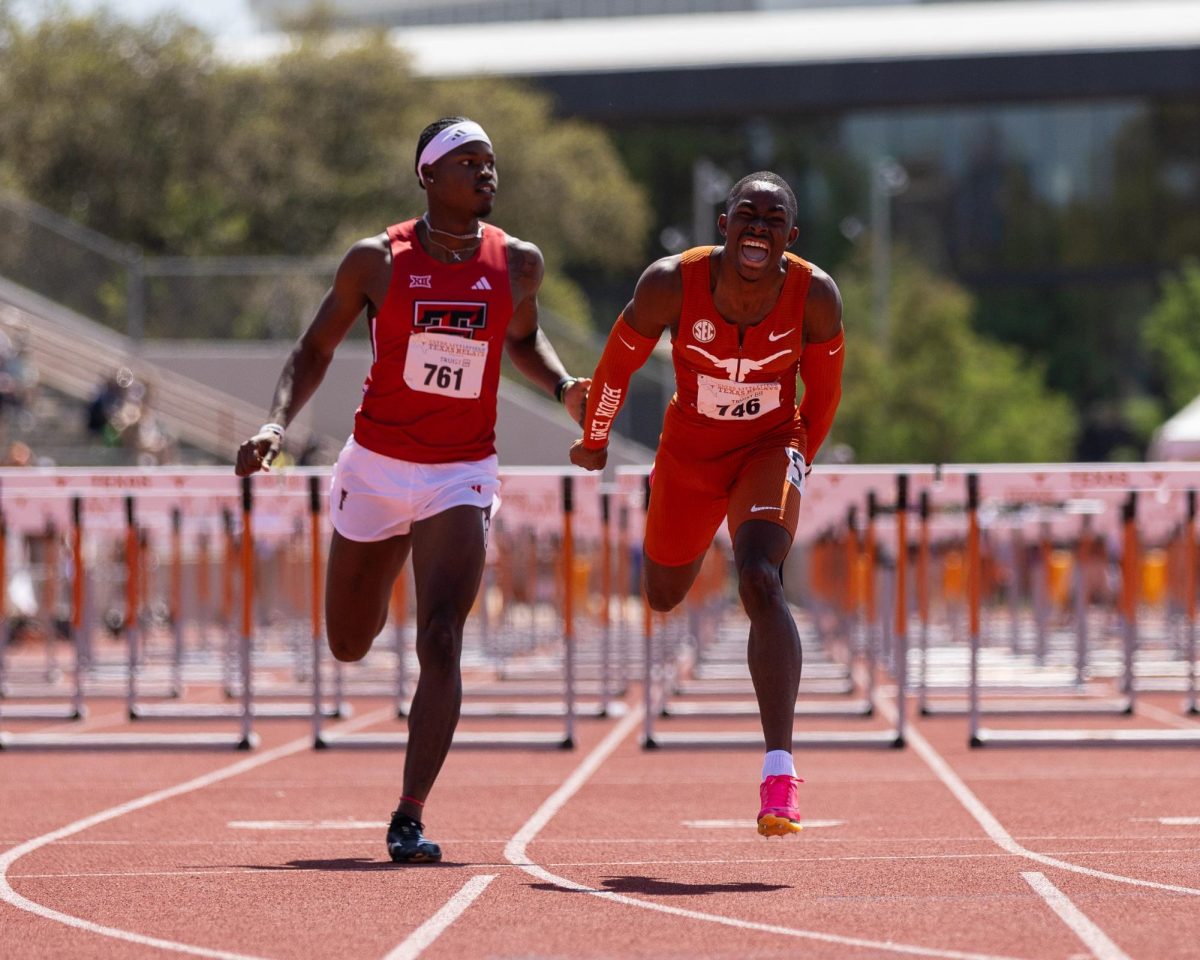What a difference a month has made for the Longhorns.
On Jan. 4, hopes were extremely high for a team many expected to compete for a conference crown. They had just defeated Texas Tech 70–61 in Lubbock to bounce back into the top-10, despite sluggish play from sophomore point guard Isaiah Taylor in the star guard’s first game since breaking his wrist in late November. ESPN’s Joe Lunardi projected the Longhorns to be a three seed in the NCAA tournament.
Now Taylor is playing some of his best basketball, but the Longhorns are slipping, dropping five of its final seven January contests to enter the month of February alone in eighth place in the conference standings. Lunardi now projects them as an eight seed, and they continue to slide.
After Taylor’s injury, it wasn’t hard to predict the problems the Longhorns would face on offense. Junior guard Javan Felix filled in for Taylor to the best of his abilities, but the contrasting skill set between the two guards was apparent — especially when the Longhorns faced serious competition.
In their 12-point loss to No. 1 Kentucky, the Longhorns turned the ball over a season-high 22 times. Texas was within five points of the Wildcats until they pulled away in the final minute, leading fans to wonder what the result would have been with a healthy Taylor in the lineup.
But over the past eight games — the last three in particular — the team has shown that its struggles are beyond anything Taylor can patch up by himself. During the team’s current three-game losing skid, the sophomore has played, arguably, his best basketball since coming to the 40 Acres.
Taylor’s 56 points over the stretch tie for the second most he has ever scored over three consecutive games in burnt orange, while his 19 assists over the same span marks the second-highest assist rate of his career.
His 19 dimes include a career-high 10 in Saturday’s 83–60 loss to Baylor. Taylor also scored 16 points for the losing team, marking the first double-double of his collegiate career. In those three games, Taylor turned the ball over only twice, making for an assist-to-turnover ratio of 9.5:1 — by far the best of his career.
Still, while Taylor is playing at an extremely high level, he is not getting to the foul line nearly as often as an 83-percent free throw shooter should. He has attempted just over 28 free throws per 100 field goal attempts since returning from his injury, approximately half as often as he did during his freshman year.
Taylor’s numbers would almost certainly be significantly better if he got himself to the charity stripe at the rate he did before his injury. And if he starts to do so, the Longhorns might see the benefit in the win column.

